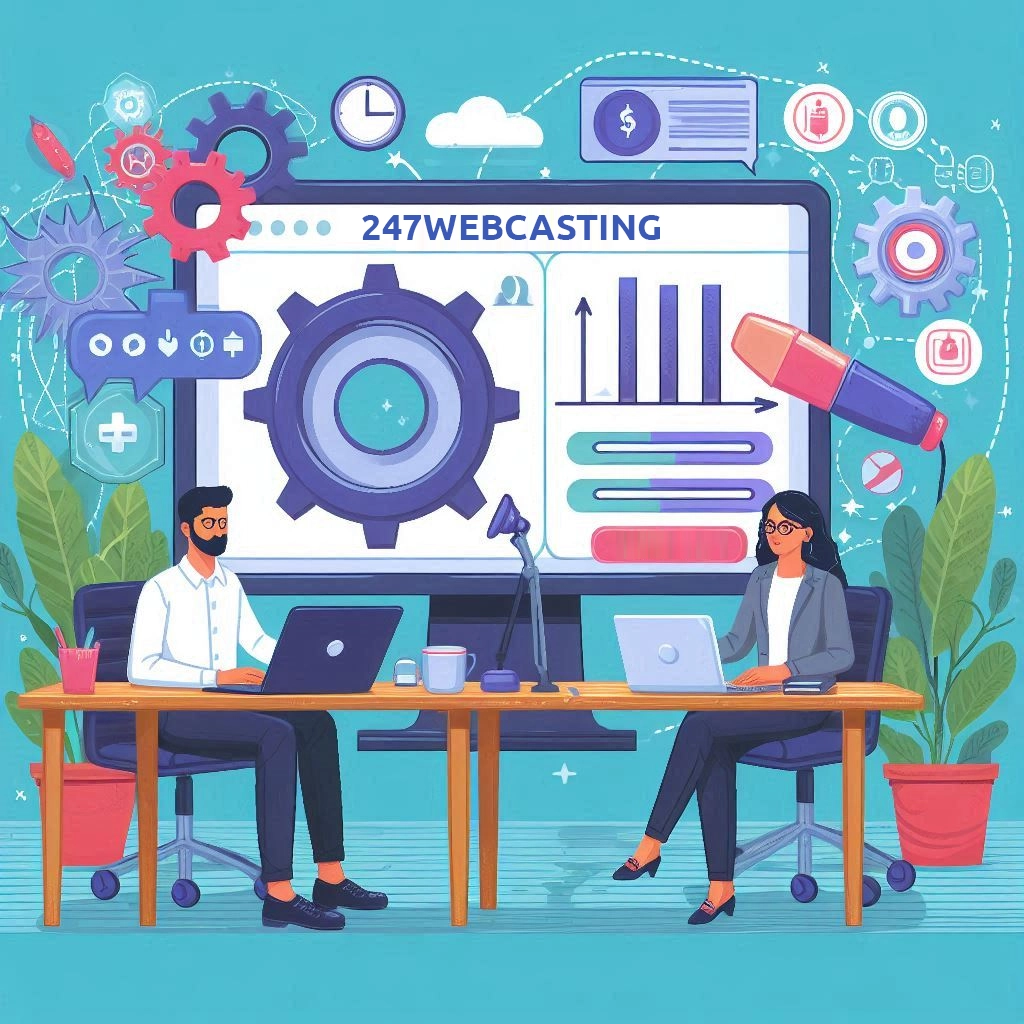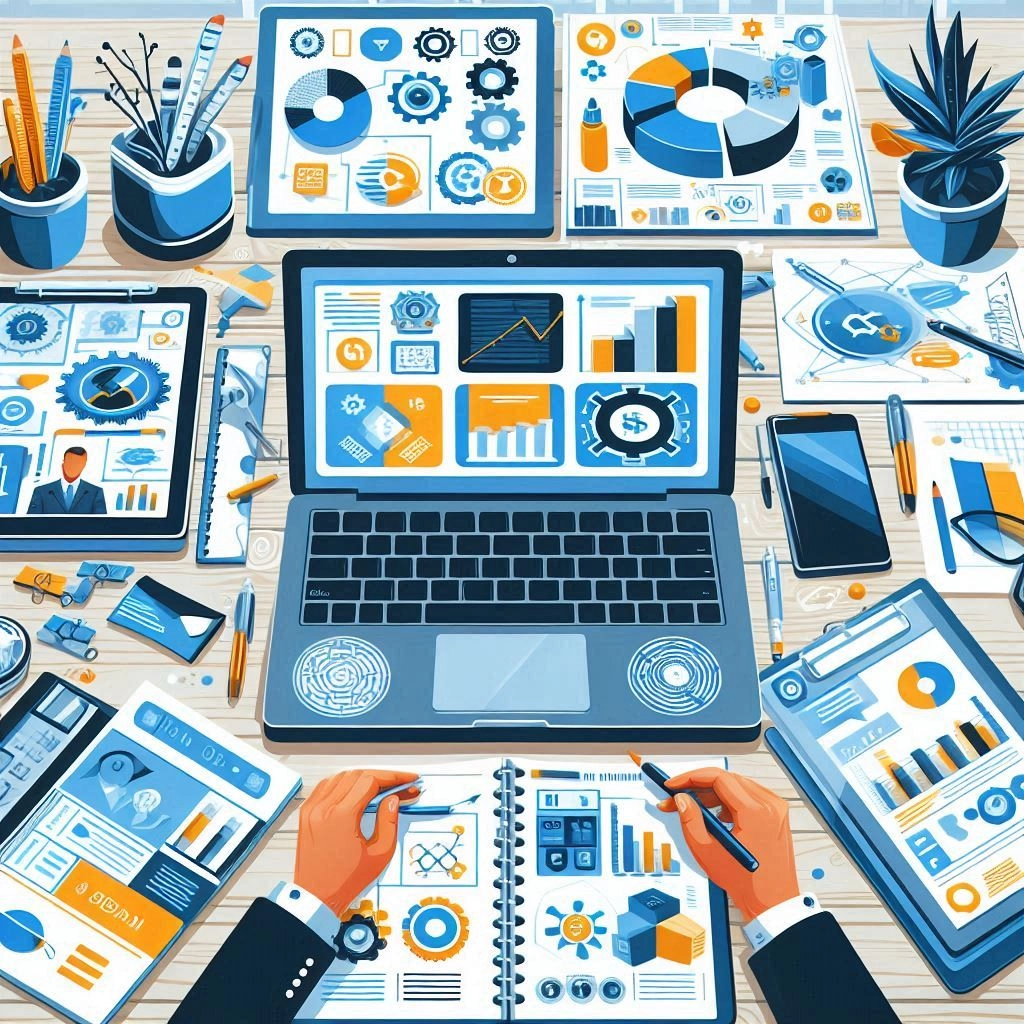Today’s online marketers and entrepreneurs are using webinars as an effective tool in generating leads, educating customers, and driving product/service demands. On the other hand, people attend webinars because they want to self-educate to help them make decisions or to provide themselves ample information or resources about the niches they are interested in. Attendees who stay until the end of webinar presentations tend to participate, ask questions, or in other words they “interact and engage” with presenters.
Webinars are deemed more effective and engaging than in-person seminars because attendees participate more in interactivities such as in answering polls, using tools and social media buttons, and Q&A within the webinar platforms. Attendees’ participation changes since our generation is more comfortable in interacting online than offline.
Why webinar interactivity is important
Webinar interactivity is very important since it helps increase the number of marketing channels. So, the more you can show to your attendees (such as social media buttons, content, etc.) in a single webinar, the better.
This also increases social sharing of your webinar content and the viewing time. The possibility of having higher content retention is also increased since attendees are more engaged with the presentation.
Enhancing webinar interactivity through lead scoring
Webinar interactivity allows you to have more actionable data to help you with lead scoring and follow-up. Lead scoring is a method of ranking your leads based on their profile and what interactivity they’ve participated in.
Factors such as registration data, viewing time, social media engagement, questions asked/submitted, interactions via polls/surveys/chat, and content downloads are considered for lead scoring. These factors help improve your marketing strategies and let you know what your attendees are doing so you’ll be able to score them.
The following are interactive tools which you can integrate into your webinars to help improve and increase engagement and interactivity:
Polls
Polling systems are quite common in most webinar platforms. Like other tools, these are often automated and not difficult to implement. Live polling keeps attendees engaged, provides useful data on their interests, increases lead scoring capabilities, lets you know where you are in the industry, and helps in promoting on-demand webinars.
Q&A
Questions and answers enable direct, real-time interaction between attendees and presenter. This provides a type of moderated group chat where you can choose which question to answer accordingly. You can interact and have a more personal approach by addressing your attendees by name while answering their questions.
Surveys
Adding surveys to webinars is an ideal way of gathering more information about your attendees which, in turn, help in more quality follow-ups. Use surveys to find out viewer feedbacks such as the right and wrong things they discover. You may use registration surveys when attendees register to your webinars. You may also automate your surveys where you see fit.
Group Chat
Group chat widgets enable your attendees to directly chat with one another. You can configure this widget to allow anonymity or to display user names in the chat window. A group chat window gets viewers talking, but it can become chaotic. So, it’s best to have someone manage the conversations to keep everyone on track.
Video inserts
Video inserts of webcam feeds, live event streaming, studio presentations and demos can be integrated within your webinars. This helps in attaining higher attention and responsiveness from your attendees. Videos make webinar presentation of content and ideas more dynamic.
The best practice in integrating videos to your webinars is to run them side-by-side. This adds viewer retention and makes your presentation look professional.
Social sharing tools
There are many social sharing tools which can be integrated into webinars. ‘Share This’ is just one example of social sharing tool that you can use. Such tools enable social sharing of your presentations through attendees sharing the webinar’s title, URL, and description to their contacts. Social sharing tools enable passive ‘spreading’ of your events to other people since your audience is doing it for you.
Resources list
If you have content for download, you can use a resources list widget to allow your attendees to do so. You can add content such as documents, URLs, podcasts, and presentations available for your attendees to download while viewing your webcast.
A Twitter widget lets your attendees view Twitter feeds from your webinar. They can also share information about your webinar with their Twitter followers. Prepare hashtags about your webinar to help promote the event and its content.
Twitter feeds do not distract attendees that much since it is a norm to find social media widgets and similar features in many online content platforms.
LinkedIn and/or Facebook
Integrate LinkedIn and/or Facebook so attendees can share your webcast on their timeline. Whichever of these social media platforms you use will depend on your business model and knowledge of your customer base.
Interactivity improves the duration of webinar viewing and content retention of your attendees. By placing social sharing tools, you’ll be able to increase the reach of your content. And by using other tools such as chat rooms, polls, and surveys, you can create conversations instead of just having a plain old presentation.



